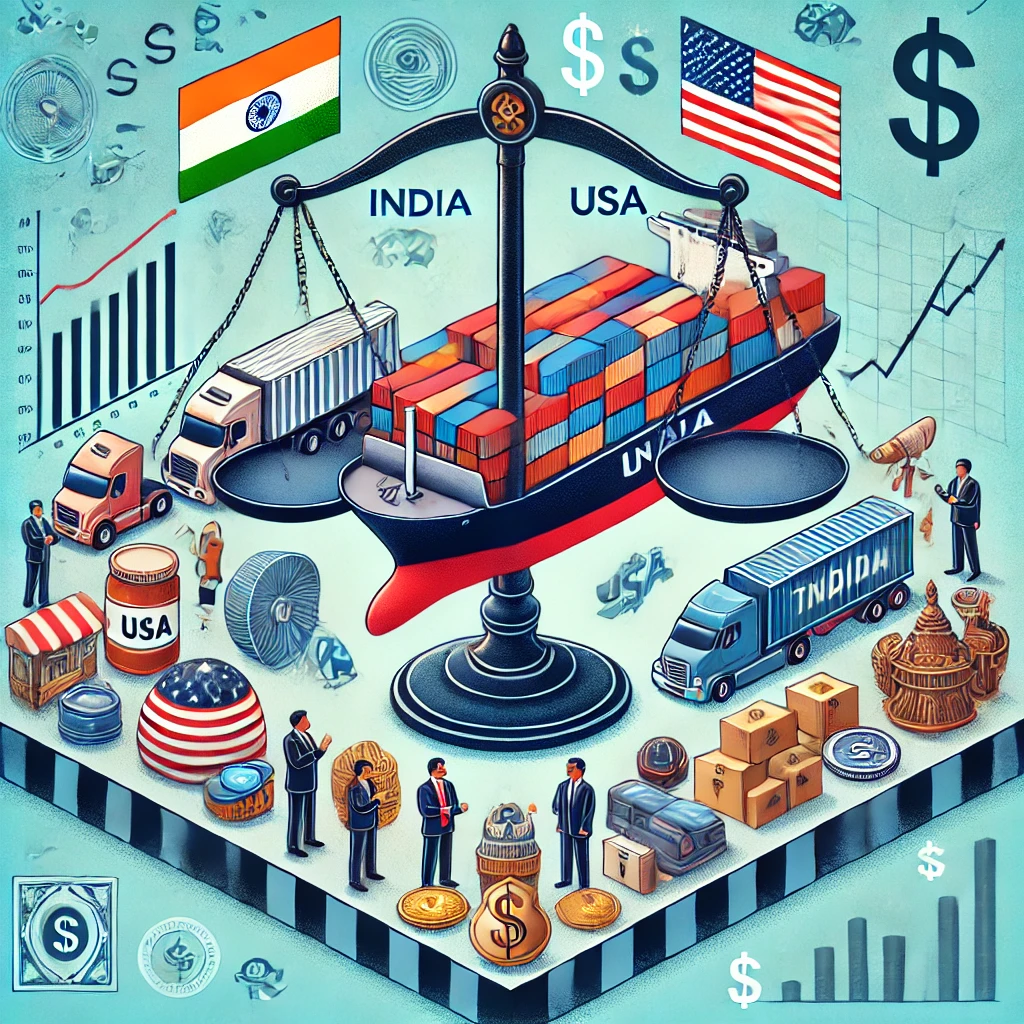On April 3, 2025, U.S. President Donald Trump announced the implementation of a 26% reciprocal tariff on imports from several countries, including India. This measure is part of a broader strategy to address perceived trade imbalances and is expected to have significant economic implications globally and for India.
Economic Impact on India
The State Bank of India (SBI) conducted a simulation to assess the potential effects of a 20% flat tariff on Indian exports to the U.S., projecting a 50 basis points (bps) reduction in India’s GDP. The newly announced 26% tariff exceeds this simulated rate, suggesting that the actual economic impact could be more severe than initially anticipated.
Sector-specific analyses indicate that agriculture, hunting, forestry, and fishing could face the most significant losses, with projected value-added losses of approximately $1,543.4 million. The financial sector may see losses around $1,426.9 million, while the chemicals and chemical products sector could experience losses near $1,106.5 million. Textiles and textile products are also vulnerable, with potential losses estimated at $1,076.0 million.
Market Reactions
Following the tariff announcement, Indian stock markets responded negatively. The Nifty 50 index declined by 0.60% to 23,192.40, and the BSE Sensex dropped 0.61% to 76,153.68. Experts, including Ankita Pathak of Ionic Asset, have expressed concerns that these tariffs could disrupt global trade and economic growth, potentially impacting India’s domestic growth and corporate earnings.
Global Implications
The U.S. tariffs are part of a broader initiative that includes a 10% baseline tariff on all U.S. trade partners, with higher duties targeting specific nations, such as a 34% tariff on China effective April 9. Economists warn that these measures could raise average U.S. tariff rates to levels not seen since the 1930s, potentially leading to inflation and economic disruption.
In response, several affected countries, including those in the European Union, have expressed strong opposition and are considering countermeasures. The EU is preparing retaliatory actions if negotiations fail, raising concerns about a potential escalation into a global trade war.
Conclusion
The imposition of a 26% tariff by the U.S. represents a significant escalation in global trade tensions, with substantial implications for India’s economy. The potential impact on GDP and key sectors underscores the need for strategic responses from policymakers and businesses to mitigate adverse effects. Ongoing monitoring of international developments and proactive engagement in diplomatic negotiations will be crucial in navigating this challenging economic landscape.
